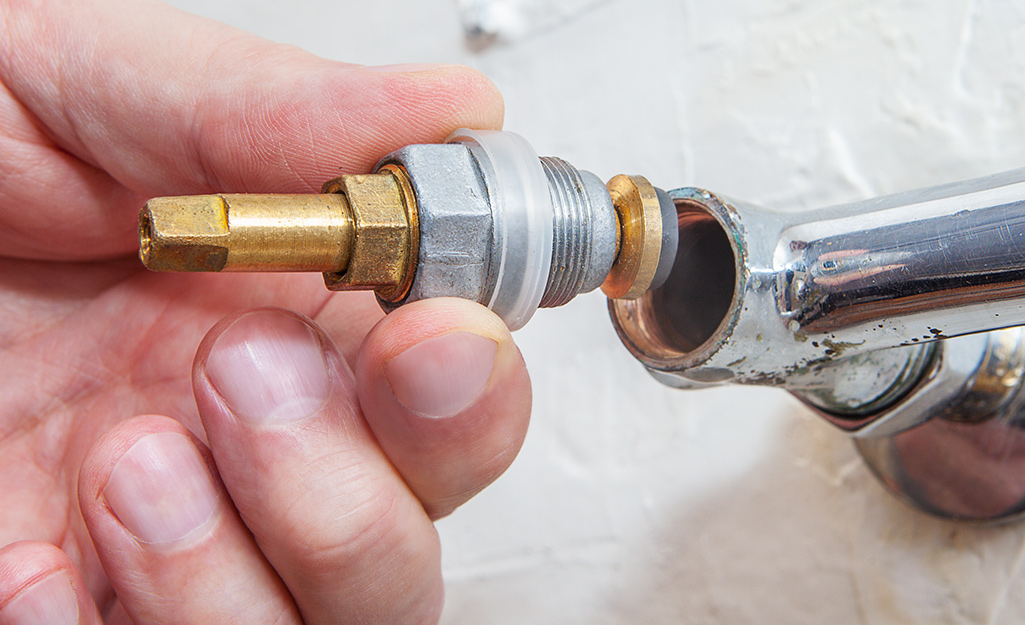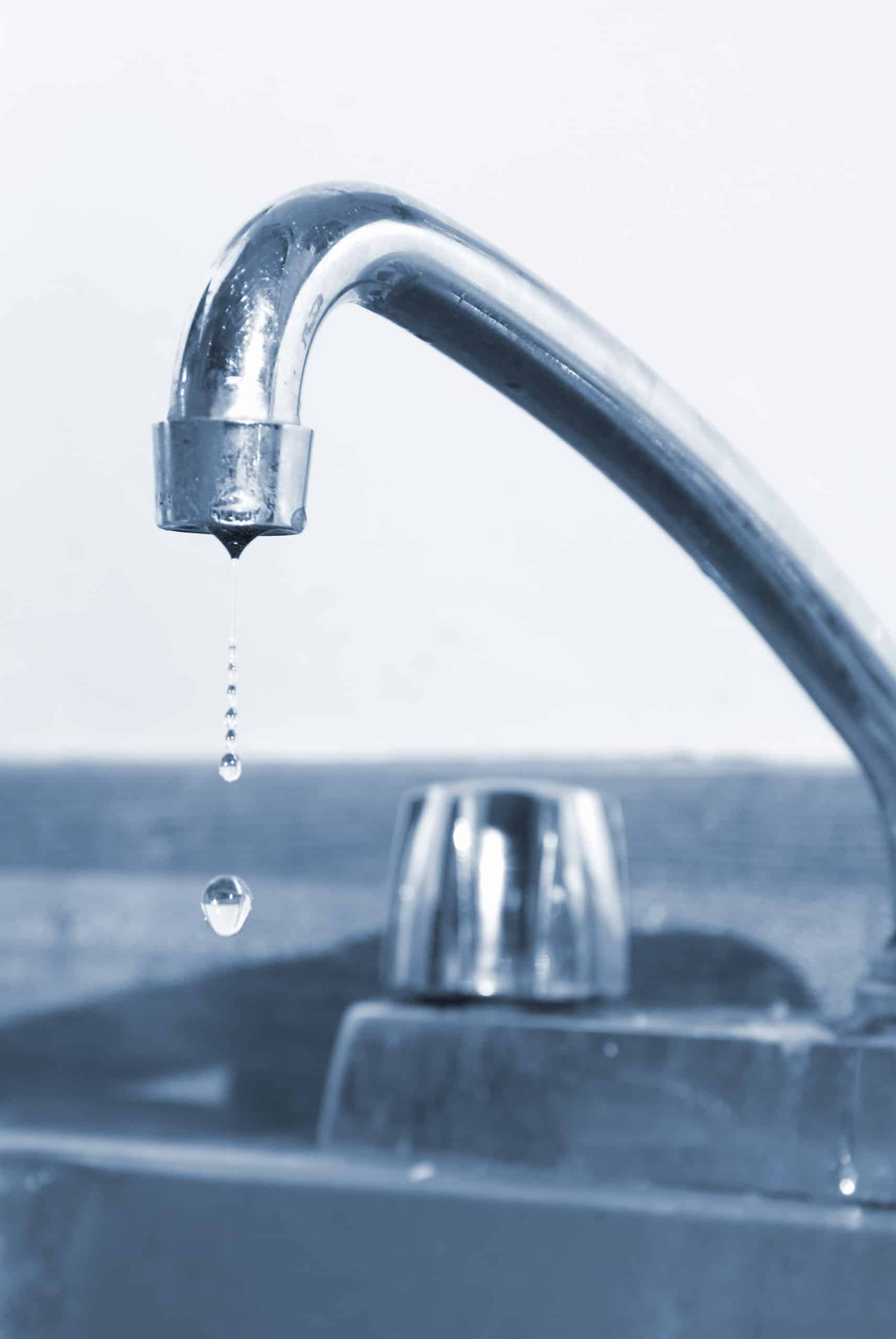When It's Needed to Correct a Malfunctioning Faucet
When It's Needed to Correct a Malfunctioning Faucet
Blog Article
How do you feel in relation to How to Fix a Dripping or Leaky Faucet ?

Dripping taps may seem like a small hassle, but their influence exceeds simply the nuisance of the noise. From drainage to incurring unneeded economic expenses and health threats, neglecting a dripping tap can lead to numerous consequences. In this write-up, we'll delve into why it's critical to address this typical household problem promptly and successfully.
Wastage of Water
Ecological Impact
Leaking taps contribute substantially to water wastage. According to the Environmental Protection Agency (EPA), a single tap trickling at one drip per second can throw away more than 3,000 gallons of water annually. This not just strains water resources yet also impacts ecosystems and wild animals based on them.
Financial Prices
Increased Water Bills
Beyond the ecological effect, trickling taps can inflate water expenses considerably. The accumulated waste gradually converts into higher energy expenditures, which could have been avoided with timely fixings.
Potential Residential Property Damage
Furthermore, extended leaking can bring about damage to components and surface areas bordering the faucet. Water accumulation can cause staining, rust, and even structural problems if left ignored, leading to additional repair service expenses.
Wellness Problems
Mold And Mildew and Mold Development
The consistent visibility of dampness from a trickling tap develops an optimal setting for mold and mildew and mildew development. These fungi not only compromise indoor air top quality yet additionally posture wellness threats, specifically for people with respiratory system problems or allergic reactions.
Waterborne Illness
Stagnant water in dripping faucets can come to be a breeding place for germs and other pathogens, boosting the danger of waterborne diseases. Contaminants such as Legionella bacteria grow in stationary water, potentially leading to serious ailments when consumed or inhaled.
DIY vs. Expert Repair
Pros and Cons of Do It Yourself Repair Service
While some may try to take care of a leaking faucet themselves, do it yourself repair work come with their very own collection of difficulties. Without proper knowledge and devices, DIY efforts can intensify the issue or cause incomplete fixings, extending the problem.
Advantages of Working With an Expert Plumber
Hiring an expert plumber ensures that the underlying root cause of the dripping tap is dealt with properly. Plumbing technicians have the competence and equipment to diagnose and repair tap problems successfully, saving time and lessening the threat of additional damages.
Step-by-Step Guide to Repairing a Dripping Tap
Tools Called for
Before trying to fix a leaking tap, gather the needed devices, including a flexible wrench, screwdrivers, substitute parts (such as washers or cartridges), and plumber's tape.
Typical Faucet Issues and Their Solutions
Recognize the type of faucet and the details issue causing the drip. Typical troubles consist of worn-out washers, corroded shutoff seats, or faulty O-rings. Refer to supplier instructions or online tutorials for step-by-step support on fixings.
Preventive Measures
Normal Upkeep Tips
To prevent dripping faucets, do routine maintenance such as cleaning aerators, checking for leakages, and changing damaged components promptly. Additionally, consider installing water-saving devices or upgrading to a lot more efficient fixtures.
Importance of Prompt Repairs
Resolving dripping taps as soon as they're noticed stops further water waste and possible damages, inevitably conserving both water and cash in the future.
Influence On Property Value
Assumption of Well-Maintained Building
Maintaining a home in good condition, including dealing with maintenance concerns like trickling taps, improves its perceived value and desirability amongst possible purchasers or renters.
Influence on Resale Worth
Features with properly maintained plumbing components, including faucets, command greater resale values in the real estate market. Resolving leaking taps can add to a positive impact throughout home evaluations and negotiations.
Ecological Responsibility
Specific Payment to Conservation
Taking duty for taking care of trickling faucets straightens with wider efforts towards water conservation and ecological sustainability. Every individual's activities collectively make a substantial impact on maintaining precious resources.
Lasting Living Practices
By prioritizing punctual repair services and adopting water-saving routines, individuals add to lasting living methods that profit both present and future generations.
Verdict
Dealing with a leaking tap exceeds plain benefit; it's a crucial step towards preserving water, decreasing economic costs, and securing health and home. Whether with do it yourself repair work or expert assistance, acting to deal with dripping faucets is a little yet impactful means to promote accountable stewardship of sources and add to a healthier, extra sustainable future.
How to Fix a Leaky Faucet: Step-by-Step Repair Guide
A leaky faucet may seem like a simple annoyance, but if it's not fixed promptly, that leak could cost hundreds to potentially thousands. From water damage to mold, mildew, and high water bills, even a tiny leak can be catastrophic if left unattended. Damage like this can even affect the overall value of your home, so it's important to take the right approach for leaky faucet repair. You may need the help of a plumber in some cases, but we've got a few tips you can try on how to fix a leaky faucet before calling the pros.
Four Faucet Types
When you're learning how to fix a leaky faucet, the first step is knowing what kind of faucet you're working with! There are four common types.
Cartridge Faucets
Cartridge faucets come in one- or two-handled varieties. In one-handled cartridge faucets, hot and cold water combines in a single cartridge. In the two-handled versions, hot and cold water are controlled separately and mixed in the faucet.
Ball Faucets
Ball faucets have a single lever you push up and down to adjust the pressure and rotate to change the temperature. A slotted metal ball controls the amount of water allowed into the spout.
Compression Washer Faucets
They're the oldest type of faucet, but they're still used in many homes — especially older ones. Compression faucets have two separate handles that, when turned, raise or lower the washer that seals a water valve. This valve stops water from flowing through the faucet when it is turned off.
Disc Faucets
Disc faucets rarely need to be repaired due to their maintenance-free design. The water flow is controlled by two discs — the upper one raises and lowers against a fixed lower disc, creating a watertight seal. If your disc faucet starts leaking, you may need to replace the seals or clean residue buildup from the inlets.
Fixing a Leaky Faucet
Step 1: Turn Off the Water
Whether you're learning how to fix a leaky bathtub faucet or how to fix a leaky kitchen faucet, always turn off the water supply to your working area when you're fixing a leak. The last thing you want is a flood added to your list of things to fix.
Look for the shutoff valves below your sink or around the tub and turn them clockwise to stop the water flow. If your faucet doesn't have shutoff valves, you may need to turn off the water for the whole house. Check to make sure it's off by turning the faucet on. If nothing comes out, you're ready to start the repair.
Step 2: Take Apart the Faucet
How you disassemble your faucet depends on the type of fixture you have. You can use a flathead screwdriver to remove the caps on top of the handle or handles for cartridge and compression faucets. Inside, you should see handle screws. Unscrew these with a screwdriver to remove the handle.
Disc- and ball-style faucets will typically have an inlet screw near the handle, and removing that will reveal the interior of the faucet.
Detach the Valve Stem
For cartridge- and compression-style faucets, you'll see the inner valve stem or cartridge once you remove the faucet handles. If you have a compression faucet, unscrew the brass valve stem. If you have a cartridge faucet, pull out the cartridge. If your cartridge has been in place for a while, it may require some tools or extra force to remove it due to mineral deposits.
Examine and Replace Parts
Once you've removed the parts, check them out to confirm what needs to be replaced. You may see corroded rubber washers, O-rings, stems, or cartridges. On a ball-style faucet, check the seats and springs for damage.
If you need to repair a leaky disc faucet, check the inlet and seals on the lower disc.
Once you determine what parts must be replaced, visit your local hardware store. Bring the damaged parts with you to ensure you can purchase the correct components to replace them.
Clean Valves and Faucet Cavity
If you've removed a stem or cartridge, you may notice mineral buildup in the faucet's threads. Use white vinegar to clean the valve seat by soaking it for a few minutes, then scrub it away with a soft toothbrush and rinse with warm water. You can also clean the interior of the faucet in the same way.
Reassemble the Faucet
Once your faucet is cleaned and the required parts have been replaced, it's time to reassemble it. Put the pieces back together and slowly turn the water supply back on. Doing this slowly is crucial because too much initial water pressure can damage the new hardware you've just installed.
https://homewarranty.firstam.com/blog/how-to-fix-leaky-faucet

We hope you enjoyed our section about . Many thanks for taking time to read our short article. Those who liked our blog post if you please don't forget to share it. Bless you for your time. Don't forget to pay a visit to our blog back soon.
Report this page